3J53
3J53 is a constant elastic alloy used to make frequency components. The alloy has an austenitic structure and has high elasticity and strength, low elastic modulus temperature coefficient, and good wave speed consistency. It can operate at 60 to 100°C. The resonant frequency of internally produced components basically does not change with temperature, so it is widely used in instruments, meters, communications, measurement and other fields.
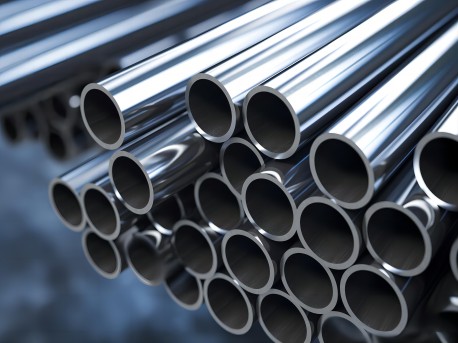
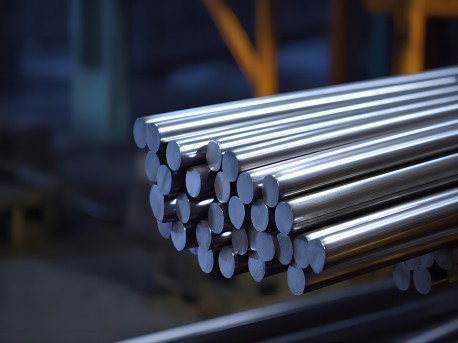
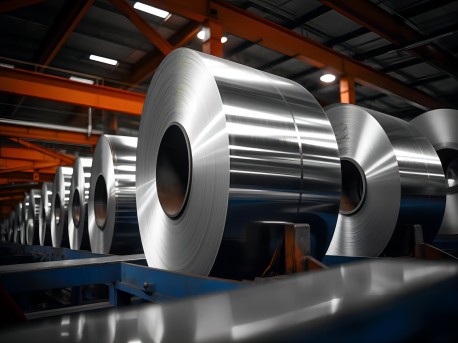
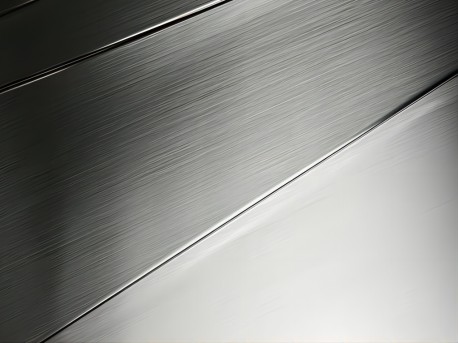
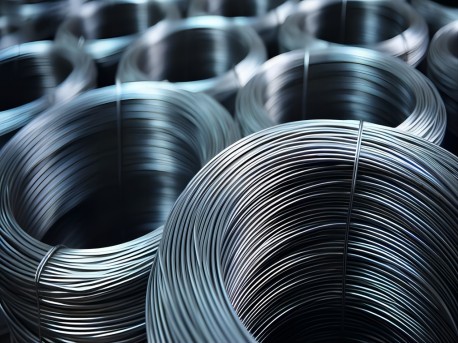
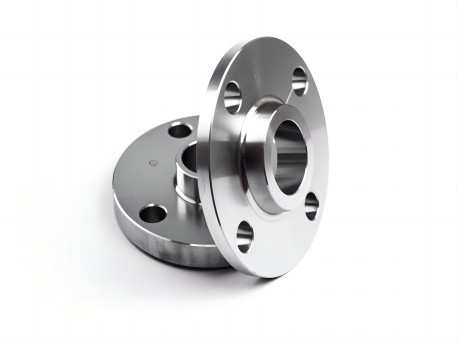
3J53
Product Description:
3J53 is a constant elastic alloy used to make frequency components. The alloy has an austenitic structure and has high elasticity and strength, low elastic modulus temperature coefficient, and good wave speed consistency. It can operate at 60 to 100°C. The resonant frequency of internally produced components basically does not change with temperature, so it is widely used in instruments, meters, communications, measurement and other fields.
Physical properties:
Density: 8.0g/cm³
Melting point: 1350-1380℃
Tensile strength Rm N/mm㎡: ≥1225
Elongation A5%≥5
20~100°C average linear expansion coefficient×10-6/°C: 8.5
Curie temperature °C: ~110
Saturation magnetic induction intensity T: ~0.7
Resistivity μΩ.m: 1.1
Extreme chemical composition:
C:0.05max
P:0.02max
S: 0.02max
Mn: 0.8max
Si: 0.8max
Ti: 2.3-2.70
Ni:41.5-43
Cr:5.2-5.8
Al: 0.5-0.8
Fe: balance
Mechanical property:
3J53 Mechanical properties | ||||
Type | Status | thickness/diameter | tensile strength | Elongation |
mm | Mpa | (%)≥ | ||
Strip | annealing | 0.2-1.00 | 1080 | 8 |
wire material | annealing | 0.50-5.00 | 1375 | 5 |
Rod | annealing | 3.0-18.0 | 1325 | 5 |
characteristic:
As a small frequency temperature coefficient constant elastic alloy, 3J53 has high elastic modulus and strength, low elastic modulus temperature coefficient, and good wave speed consistency. In the temperature range of -40℃~80℃, 3J53 has low elastic modulus and strength. frequency temperature coefficient
Application areas:
1. Used for vibrators in mechanical filters, spring pieces in vibration relays and other components
2. Can be used to manufacture mechanical filter oscillators, tuning forks, diaphragms and reeds, etc.
form:
Tubes, rods, plates, wires and strips

